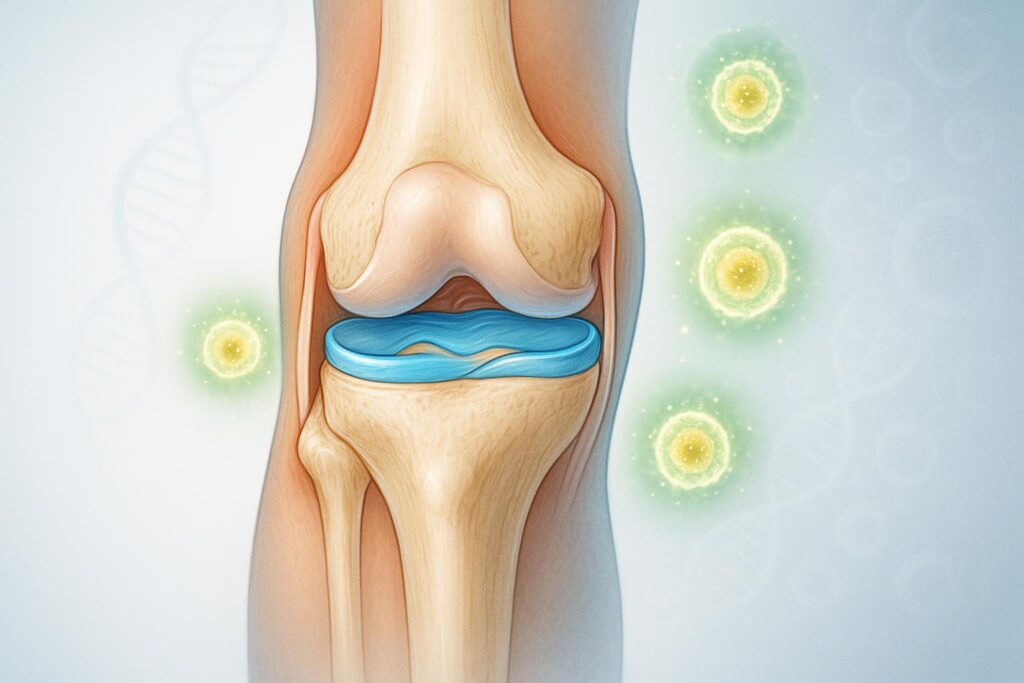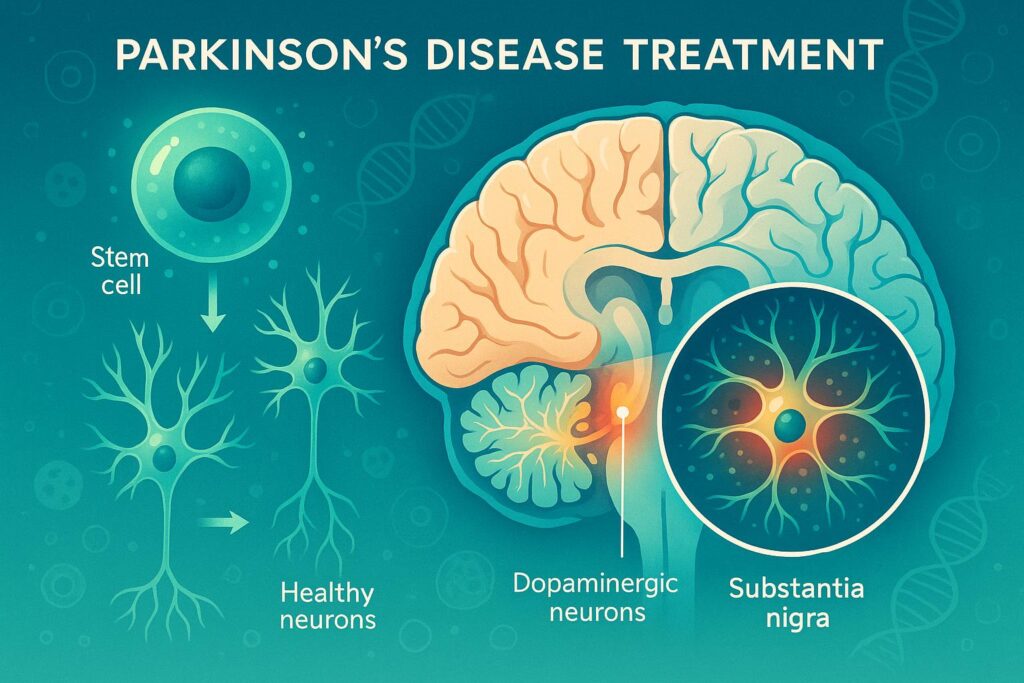A Canadian-led international research team has achieved a significant milestone in the fight against multiple sclerosis, securing nearly $800,000 US in funding to advance what could become the first potentially regenerative treatment for this devastating neurological condition.
The breakthrough research, spearheaded by Dr. Fang Liu at the Centre for Addiction and Mental Health (CAMH), represents a paradigm shift from current treatments that merely slow disease progression to one that could actually repair nerve damage and restore lost function.
Understanding Multiple Sclerosis: A Global Health Challenge
Multiple sclerosis affects approximately 2.8 million people worldwide, making it one of the most common neurological disorders.
In Canada, the statistics are particularly sobering, with an estimated 90,000 people living with the disease – giving Canada one of the highest rates of MS globally.
The condition occurs when the immune system mistakenly attacks myelin, the protective sheath surrounding nerve fibers in the central nervous system.
When myelin is damaged or destroyed, communication between the brain and body becomes disrupted, leading to a cascade of debilitating symptoms.
Patients commonly experience chronic fatigue, vision problems, mobility challenges, cognitive difficulties, and muscle weakness.
The unpredictable nature of the disease, with its pattern of relapses and remissions, adds an additional layer of complexity to both treatment and daily life management.
Current therapeutic approaches focus primarily on managing symptoms and slowing disease activity through immunomodulatory drugs.
While these treatments have improved quality of life for many patients, they represent a significant limitation in MS care: none can reverse existing damage or restore lost neurological function.
A Revolutionary Therapeutic Approach
The research team’s innovative treatment targets a destructive cellular process known as excitotoxicity, which plays a crucial role in nerve cell damage in multiple sclerosis.
Excitotoxicity occurs when nerve cells are damaged or killed by excessive stimulation from neurotransmitters, particularly glutamate. This process contributes significantly to the progressive neurodegeneration seen in MS patients.
What makes this approach particularly promising is its dual mechanism of action. The compound not only blocks the harmful excitotoxic process but does so without interfering with normal brain function.
This selective targeting creates an optimal environment for the body’s natural repair mechanisms to function, potentially allowing for myelin regeneration and nerve recovery.
Dr. Fang Liu, the principal investigator and Senior Scientist at CAMH, as well as a professor in the Department of Psychiatry at the University of Toronto, leads this groundbreaking research in collaboration with Dr. Iain Greig, Reader in Medicinal Chemistry at the University of Aberdeen.
Their international partnership combines expertise in neuroscience, psychiatry, and medicinal chemistry to tackle one of the most challenging aspects of MS treatment.
Remarkable Preclinical Results
The treatment has already demonstrated exceptional promise in animal models of multiple sclerosis. In these studies, the compound showed the ability to restore motor skills and repair myelin damage, even when administered after symptoms had already appeared.
This latter point is particularly significant, as it suggests the treatment could benefit patients who already have established disease and existing neurological damage.
The ability to restore function after symptom onset represents a major advancement over current therapies, which are most effective when started early in the disease course.
For the many patients who receive their MS diagnosis after significant damage has already occurred, this regenerative approach could offer hope for recovery of lost abilities.
Collaborative Funding and Support
The $800,000 US ($1,137,868 CAD) in new funding comes from a consortium of prestigious organizations committed to advancing neurological research.
Brain Canada, the National MS Society’s Fast Forward program, and Health Canada through the Canada Brain Research Fund have joined forces to support this promising research.
This funding builds upon previous support from multiple sources, including a CAMH Discovery Fund Accelerator grant, a CIHR POP II grant, an operating grant from the MS Society of Canada, and additional funding from the National MS Society’s Fast Forward commercial research program. This diverse funding portfolio demonstrates the broad confidence in the research’s potential impact.
Dr. Viviane Poupon, President and CEO of Brain Canada, emphasized the organization’s commitment to supporting “bold, high-impact research that has the potential to change lives.” Similarly, Dr. Walter Kostich, Associate Vice President of Translational Research at the National MS Society, expressed satisfaction in seeing research advance “on a pathway toward stopping MS progression in its tracks and restoring function to people with progressive MS.”
Moving Toward Clinical Translation
The research team is now entering the critical final stages of preclinical testing, a necessary step before advancing to human clinical trials.
This phase involves comprehensive safety and efficacy studies designed to ensure the treatment is ready for human testing.
Both CAMH and the University of Aberdeen have secured patent protection for this research and are actively seeking industry partners and investors to support the transition to clinical development.
Dr. Iain Greig from the University of Aberdeen highlighted the therapy’s enormous potential, noting that it “could not only stop MS progression, but it could actually help repair damaged nerves and restore some functions already lost for people living with MS.” He emphasized the unique approach of addressing “the root causes of the nerve damage we see in MS patients.”
The implications extend beyond multiple sclerosis. Dr. Aristotle Voineskos, CAMH Senior Vice President of Research and Science, noted that by supporting the commercialization of such discoveries, they can “accelerate the translation of research into real-world treatments and deliver new hope to people living with multiple sclerosis and other neurodegenerative diseases.”
A New Era in MS Treatment
If successful in human trials, this treatment would represent Canada’s first regenerative therapy for multiple sclerosis and could potentially benefit patients with other neurodegenerative conditions. The shift from disease management to disease reversal represents a fundamental change in how we approach MS treatment.
For patients and families affected by multiple sclerosis, this research offers something that has been elusive in MS care: the genuine possibility of not just halting disease progression, but actually recovering lost function. As Dr. Liu noted, the compound “could transform MS treatment, not just slowing the disease, but helping people regain what they’ve lost.”
The journey from laboratory discovery to clinical application is lengthy and complex, but this significant funding milestone brings the research team one step closer to clinical trials and the possibility of offering new hope to the millions of people worldwide living with multiple sclerosis.
Source Attribution:
This article is based entirely on information from the official press release published by the Centre for Addiction and Mental Health (CAMH) on September 15, 2025.
Original Source: New Funding Fuels Development of First Potentially Regenerative Treatment for Multiple Sclerosis – CAMH News & Stories
Disclaimer: This article is for informational purposes only and is not intended as medical advice. Individuals with multiple sclerosis should consult with their healthcare providers regarding treatment options.



